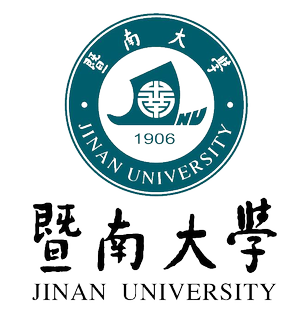
Jinan University is a public university in Guangzhou, Guangdong, China. It is affiliated with the United Front Work Department of the Central Committee. The university is part of the Double First-Class Construction and Project 211.
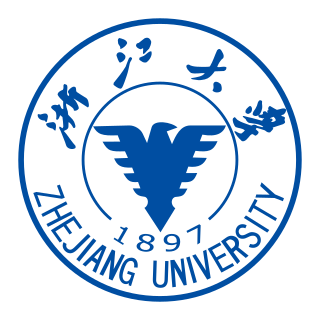
Zhejiang University (ZJU) is a public university in Hangzhou, Zhejiang, China. It is affiliated with the Ministry of Education. The university is part of Double First-Class Construction, Project 985, and Project 211.
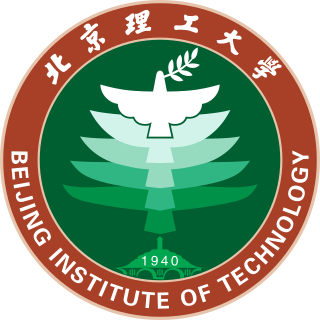
The Beijing Institute of Technology (BIT) is a public university in Haidian, Beijing, China. It is affiliated with the Ministry of Industry and Information Technology. The university is part of Project 211, Project 985, and the Double First-Class Construction.

National Central University is a public research university with long-standing traditions of the Republic of China based in Taiwan. It was founded in 1902 and renamed in 1915. The school was initially located in Miaoli when it first moved to Taiwan, but relocated to Zhongli in 1962 and developed into a comprehensive university. It's the first university in Taiwan to research industrial economics, and economic development. NCU is a member of AACSB. NCU is one of the six national universities in research selected by the Ministry of Education.

Sichuan University (SCU) is a public university in Chengdu, Sichuan, China. The university is affiliated with and funded by the Ministry of Education. The university is part of Project 211, Project 985, and the Double First-Class Construction.

Xiamen University is a public university in Siming, Xiamen, Fujian, China. It is affiliated with the Ministry of Education of China. The university is part of Project 211, Project 985, and the Double First-Class Construction.
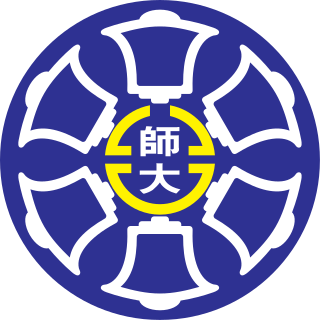
National Taiwan Normal University (NTNU) is a national comprehensive university in Taipei and New Taipei City, Taiwan.

Tongji University is a public university located in Shanghai, China. It is affiliated with the Ministry of Education of China. The university is part of Project 211, Project 985, and the Double First-Class Construction.
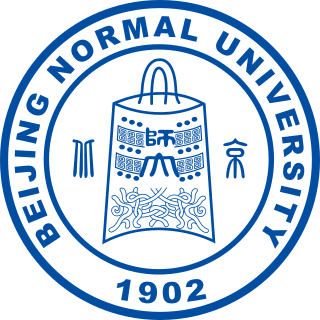
Beijing Normal University is a public university in Beijing, China. It is affiliated with the Ministry of Education of China, and co-funded by the Ministry of Education and the Beijing Municipal People's Government. The university is part of Project 211, Project 985, and the Double First-Class Construction.
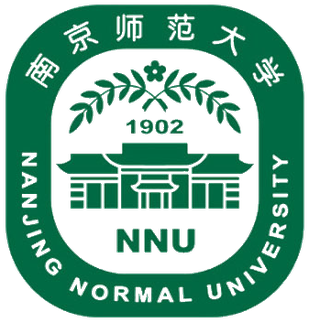
Nanjing Normal University is a provincial public university in Nanjing, Jiangsu, China. It is affiliated with the Province of Jiangsu, and co-sponsored by the Ministry of Education and the provincial government. The university is part of the Double First-Class Construction and Project 211.
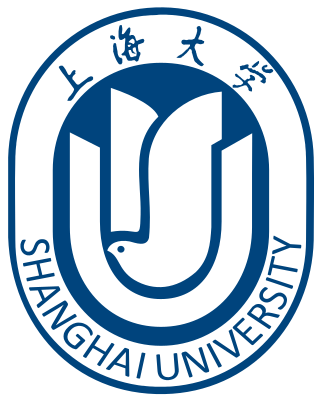
Shanghai University (SHU) is a municipal public university in Shanghai, China. It is affiliated with the City of Shanghai. The university is part of Project 211 and the Double First-Class Construction.
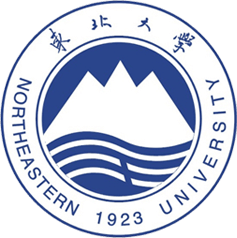
Northeastern University (NEU) is a public university in Shenyang, Liaoning, China. It is affiliated with the Ministry of Education, and co-funded by the Ministry of Education, SASTIND, Liaoning Provincial People's Government, and Shenyang Municipal People's Government. The university is part of Project 211, Project 985, and the Double First-Class Construction.

The Huazhong University of Science and Technology is a public university in Wuhan, Hubei, China. It is affiliated with the Ministry of Education of China. The university is part of Project 985, Project 211, and the Double First-Class Construction.

Northwestern Polytechnical University is a public science and engineering university in Xi'an, Shaanxi, China. It is affiliated with the Ministry of Industry and Information Technology. The university is part of Project 211, Project 985, and the Double First-Class Construction.

Hohai University is a public university in Nanjing, Jiangsu, China. It is affiliated with the Ministry of Education of China, and co-sponsored by the Ministry of Education, the Ministry of Water Resources, the State Oceanic Administration, and the Jiangsu Provincial People's Government. The university is part of Project 211 and the Double First-Class Construction.
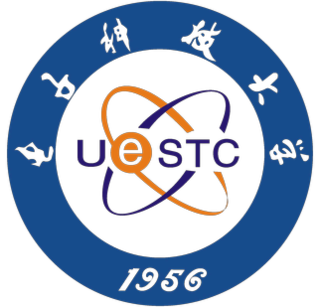
The University of Electronic Science and Technology of China (UESTC) is a public university in Chengdu, Sichuan, China. Founded in 1956 by the instruction of then Premier Zhou Enlai, the university is affiliated with the Ministry of Education of China. It is co-sponsored by the Ministry of Education, the Ministry of Industry and Information Technology, the Sichuan Provincial Government, and the Chengdu Municipal Government. The university is part of Project 211, Project 985, and the Double First-Class Construction.

Soochow University is a provincial public university in Suzhou, Jiangsu, China. It is affiliated with the Province of Jiangsu, and co-funded by the SASTIND and the provincial government. The university is part of Project 211 and the Double First-Class Construction.

Jiangsu University is a provincial public university in Zhenjiang, Jiangsu, China. It is affiliated with the Jiangsu Provincial Government, and co-sponsored by the Ministry of Education and the Ministry of Agriculture and Rural Affairs.

Nanjing University (NJU) is a public university in Nanjing, Jiangsu, China. It is affiliated and sponsored by the Ministry of Education. The university is part of Project 211, Project 985, and the Double First-Class Construction. The university is a member of the C9 League.

The Southeast University School of Architecture is one of the professional schools of Southeast University in Nanjing, China. Founded in 1927, SEU School of Architecture is the oldest school of architecture in China and one of the most prestigious. It is ranked among the top three of Chinese architecture schools according to CDGDC, Ministry of Education of China.





























